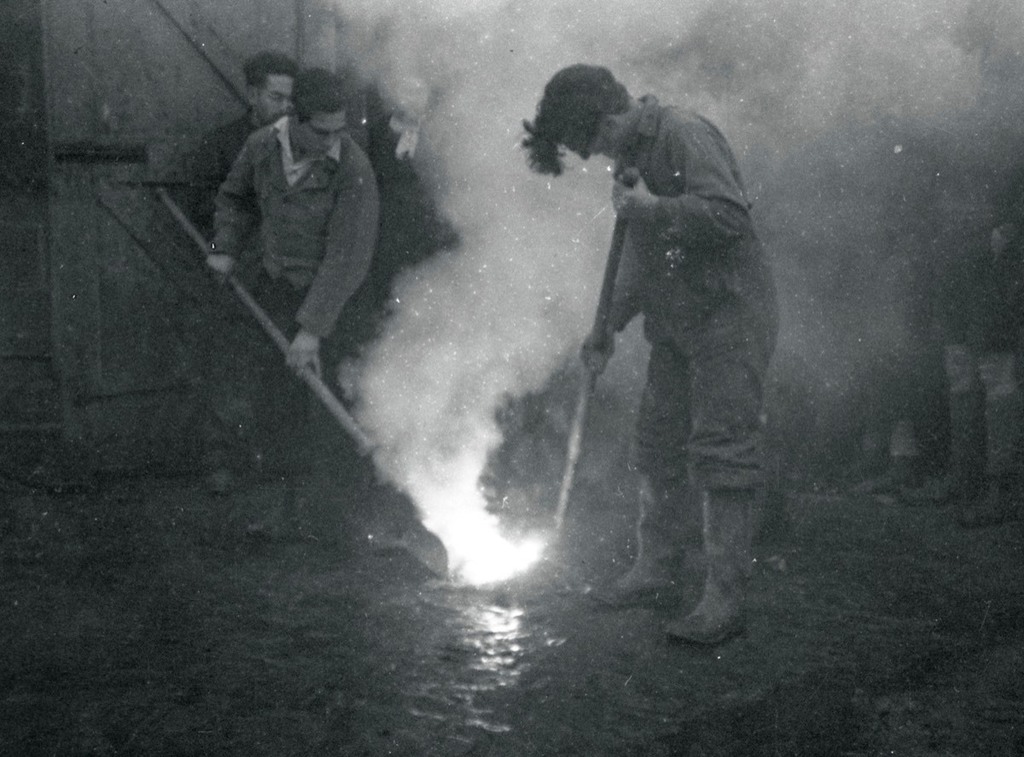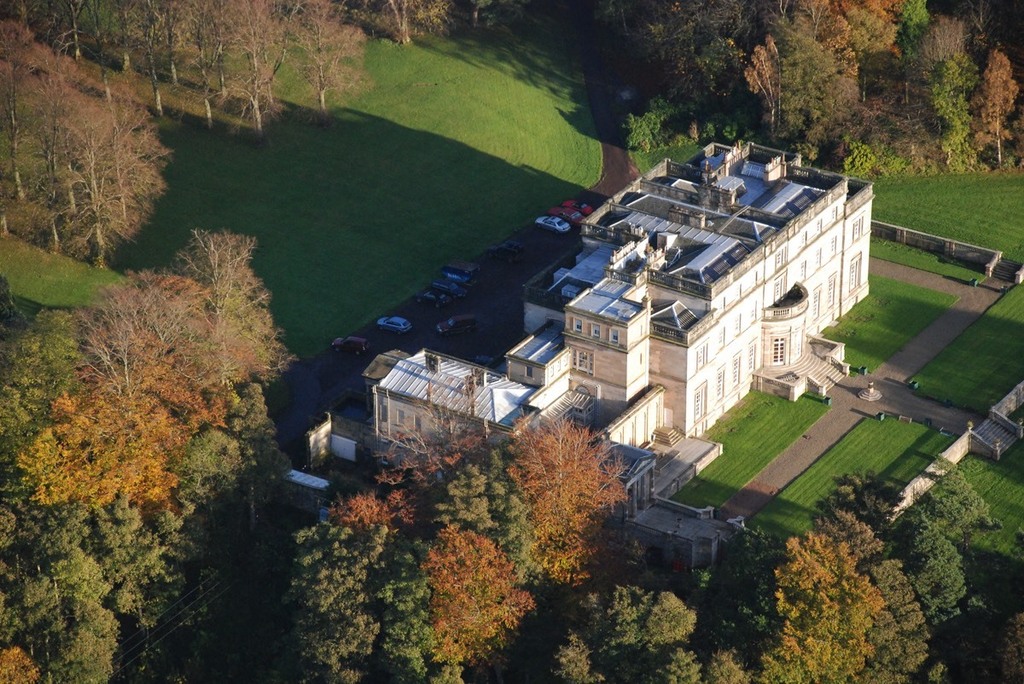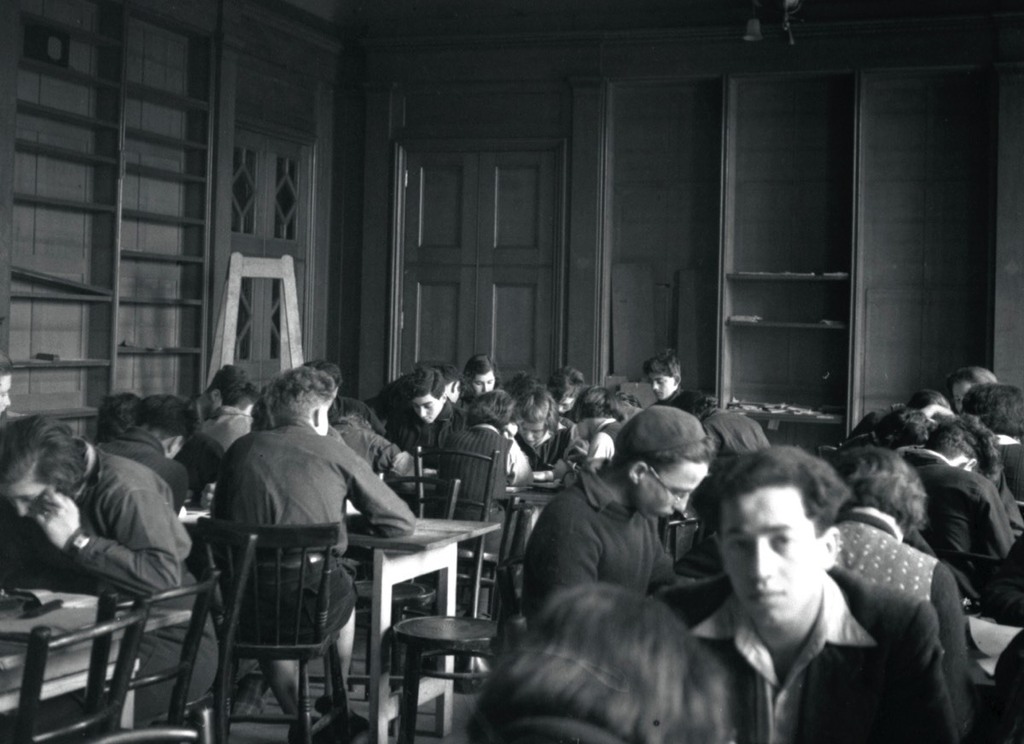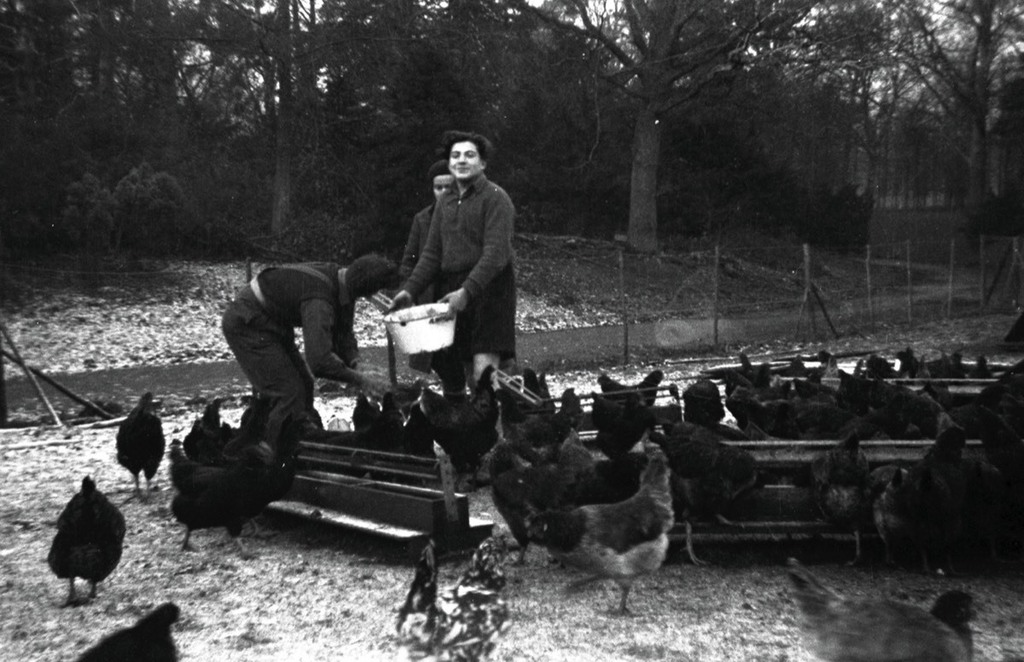- Type of Hakhshara
- Youth Aliyah preparation, Middle Hakhshara (Mi-Ha), regular Hakhshara
- Opened
- January 1939
- Closed
- September 1941
- Areas of Training Offered
-
horticulture, home economics, woodworking, agriculture, metalworking, animal husbandrygardening (fruit, vegetables, flowers); livestock farming (sheep); poultry farming; home economics (cooking, cleaning, sewing, shoemaking); canning (fruit, vegetables); arable farming (cereals, sugar beet, potatoes); farm management; veterinary hygiene; dairy production; dyke construction; drainage of marshes; forestry; hedges; carpentry; car mechanics; blacksmithing
- Description
-
The house and estate with all associated buildings and part of the farmland belonged to Robert Arthur Lytton, 3rd Earl Balfour. It was the former residence of AJ Balfour, Earl of Balfour, a former Prime Minister of the United Kingdom.
Robert Lytton, Viscount Traprain at the time, offered his home to the Whittingehame Farm School, Ltd., chaired by Captain Robert Solomon. According to Countess Balfour, the school housed some three to four hundred pupils overall with a normal compliment of 100 to 150 boys and girls. The pupils lived in the main house on separate floors and carried out their studies in the old library and in sections of the grounds.
A grant of £2,000 was given by a group called the Women’s’ Appeal Committee to cover equipment and any alterations to the building suggested by Douglas Miller in the surveyor’s report. The Council for German Jewry gave a limited financial guarantee enabling the initial setting up of the school to go ahead. Each pupil was estimated as costing £50 per annum for the two years of their stay and this was to come in the form of a £50 guarantee provided by individuals to cover each pupil. The running costs of the school were expected to be in the region of £10,000 per annum and again donors were to be found to covenant £12.50 quarterly or £50 per annum. This was likely to come mostly but not exclusively from Jewish families in the UK. The Secretary of the school had a London address in 31A, St James’s Square (and also in 14 Holland Park Road) and the school received its intake from Edinburgh or Dunbar via an organisation called the Movement for Child Refugees, in effect Kindertransport. In addition, various Chaluzian organisations and youth leagues from Germany (e.g. Hechaluz, Bachad, Habonim) were actively involved.
An identified staff of some seventeen (over the lifetime of the school) aided the headmaster, Charles R. Maxwell.
The pupils were trained in air-raid precautions and the day-to-day activities of the school were largely organised by the pupils themselves, along the lines of a Kibbutz. The pupils in the school came mainly from Germany, Austria, Czechoslovakia and Poland and there was a wide range of religious views and of social backgrounds. A considerable effort was put in by the pupils to maintain themselves and the school. They assisted the Matron, Lucy Laquer, to cook and serve the daily meals and did their own clothes washing and cleaning. Once the pupils reached seventeen they had to leave and find a job. A number of former pupils did journey to Palestine, some remained in the UK and others travelled to settle in the USA.
The pupils were transferred to a similar establishment at Polton House, near Lasswade, Midlothian, in September 1941.


© http://eastlothianatwar.co.uk

© http://eastlothianatwar.co.uk

© http://eastlothianatwar.co.uk

© http://eastlothianatwar.co.uk

- State of Conservation
-
partially preserved
Whittingehame House is in good preservation but is now divided into a number of privately owned flats.
- Related Organizations
-
Bachad (associated)Habonim Noar Chaluzi (Deutschland) (associated)Hashomer Hatzair (associated)Hechalutz b' Anglia (associated)Jugend-Alija (associated)Kindertransport (associated)Werkleute (associated)Women's Appeal Committee (associated)
- Related Persons
- Sources and Notes
- https://eastlothianatwar.co.uk/Whittingehame%20Farm%20School.html
- Literature
-
Ester Golan: Auf Wiedersehen in unserem Land. Düsseldorf: ECON 1995.
Perez Leshem: Straße zur Rettung 1933–1939. Aus Deutschland vertrieben – bereitet sich jüdische Jugend auf Palästina vor. Tel-Aviv: Verband der Freunde der Histadrut 1973.
Recommended Citation
David Haire, Whittingehame Farm School, in: Hakhshara as a Place of Remembrance. <https://hachschara.juedische-geschichte-online.net/en/site/85> [December 13, 2025].
Address
Whittingehame, East Lothian, SchottlandWhittingehame